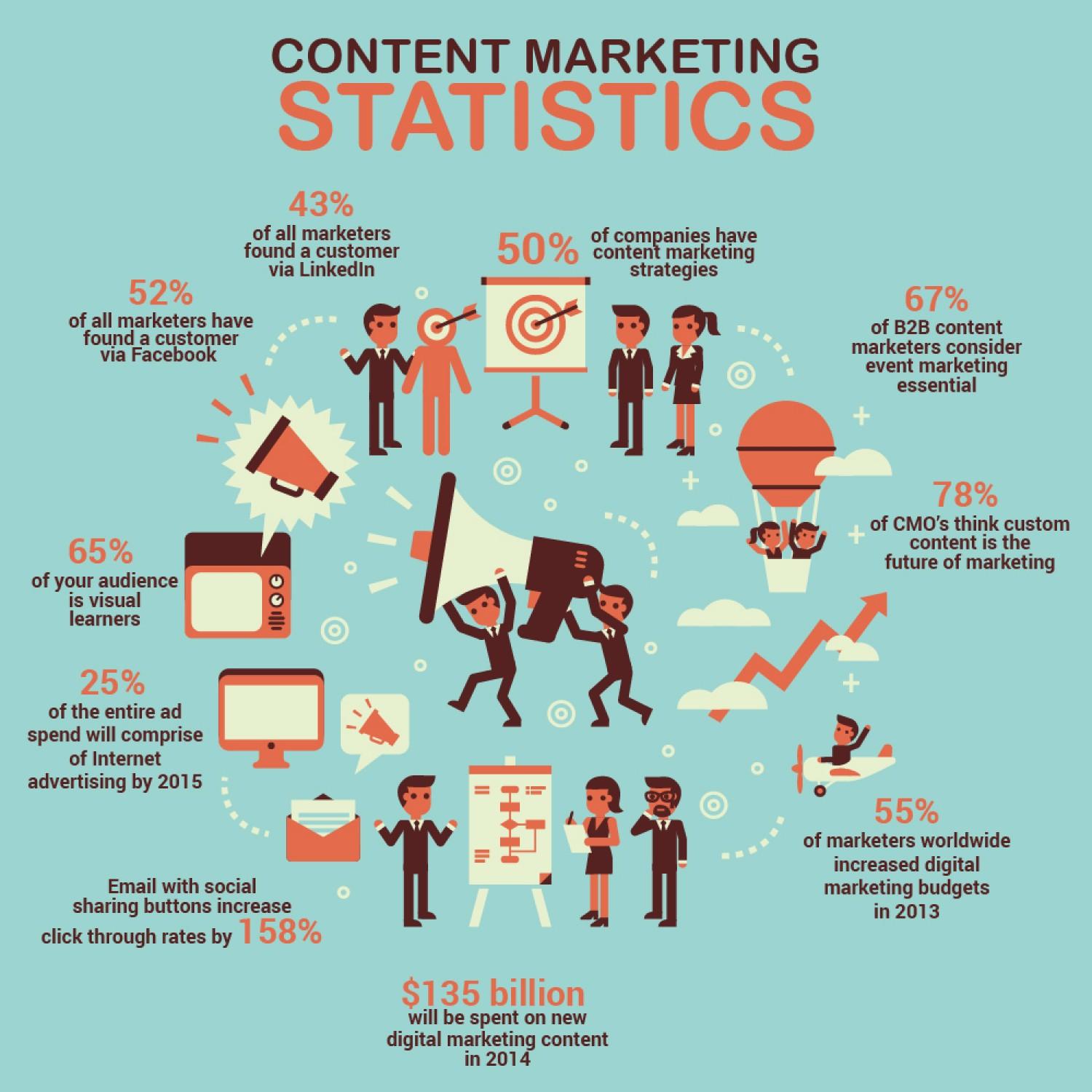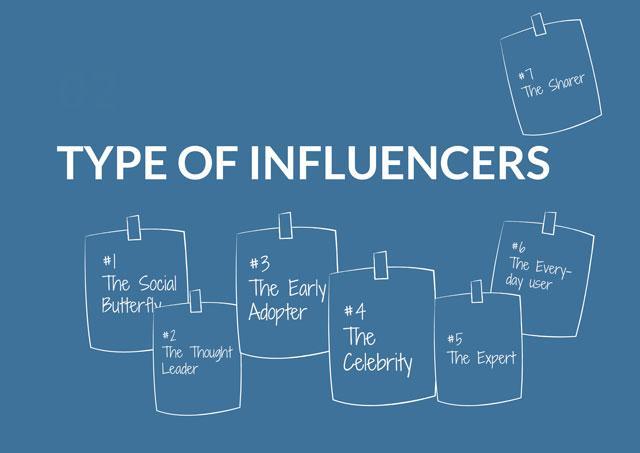
It’s tough being an “appreneur,” slaving away long days and nights designing the perfect app for your business that, if the mobile device gods smile down on you, will break big enough to make a positive difference in the number of people coming through the front door.
You’re not looking to occupy the same rarefied air as Angry Birds does with its billions of downloads. You’d be satisfied with a few thousand that simply expanded brand awareness of your shop deeper into the local community.
The thing to keep in mind is that successfully marketing a new app should mean more than just cracking open your wallet and throwing money around haphazardly. Leave that for the big boys and girls with their trillion dollar ad budgets. You, my friend, are about to learn a smarter way to roll with social media and content.
The Difference Between Leading and Driving
Successful apps get that way because — through luck or planning — demand arose for it. This demand can be created quickly and inexpensively through compelling content posted to social media platforms, content that speaks so personally to a person that it drives them to seek out your app. Traditional advertising only leads them and not always very well. This is no minor difference and is one you should understand.
Tracking engagement on social media isn’t just for fun, it’s a valuable practice. By using tools like Facebook Insights or Twitter Analytics, you can see how people interact with your content. This can show you which posts drive the most traffic to your app.
Track likes, shares, and comments to understand what excites your audience. By focusing on these metrics, it’s easier to refine your strategy. It also helps to keep your app in the spotlight and get more downloads. So, watch those numbers and let them guide you to social media success.
To motivate your portion of the 3.74 billion people who use the internet and are likely to download your app from amongst all the choices means you need to roll up your sleeves, crack your knuckles, and apply fingers to keyboard to create the kind of spine-tingling content that gets people talking about your app rather than that of your competitor.
Since social media is the ultimate free playing field that doesn’t care if you’re a trillion dollar corporation or kitchen table startup, it’s perfect for an entrepreneur longer on time than money.

Step 1 – Create Lots of Great Content – and We Mean A Lot
Before we get into the specifics of where to put all that scintillating content you’ll be creating, let’s get past the sticking point of what it should be.
A good place to start would to relate it in some way to your app, right? That makes sense.
User-generated content can be a goldmine for app marketers. Encouraging your users to share their stories or experiences with your app builds a sense of community. It also lends authenticity to your marketing efforts.
Ask users to post about their favorite features or share photos while using the app. Feature their content on your social media pages. When other potential users see real people enjoying your app, it’s more convincing than any ad you could create.
Say you have an app for your coffee shop. Hold a contest that offers a free daily beverage for a month to the person who best answers the question: “Why I Desperately Need a Second Cup of Coffee this Morning.”
Trust us. People like free stuff. You can’t go wrong with this strategy and giving away a free cup of coffee every day for a month is a negligible cost compared to the interest it will draw.
How about short but fascinating behind the scenes video of your lead drink developer riding high on a caffeine buzz, banging her head against the wall in the midst of trying to craft the perfect latte? The human brain loves characters and stories. Provide them.
One of the reasons Angry Birds blew up so big and fast was a series of videos that expanded on the app with a universe of backstories.
There are a number of great tools you could use to create imagery for your marketing – without spending big or needing to use a designer. Canva, Design Pickle and Snappa are a few of our favourites.
Get an Influencer on Your Side
Easier said than done, right?
These people get more than a few requests a day to recommend one product or another but that doesn’t mean you shouldn’t try! Put together your craziest, most creative, persuasive pitch and go for it.
Calls-to-action are the links that drive users to action. Make sure your CTAs are clear and enticing.
Instead of “Download Now,” try something more engaging like “Uncover Your Next Favorite App.” Tailor your CTAs to fit the tone of your audience. This small change can make a big difference in driving app downloads.
Keep in mind we’re not suggesting you make your primary social media influencer strategy to personally pitch the Starbucks CEO for a shoutout on his Facebook page. There’s no need to get hung up on having to reach the most famous guy or gal online. Any audience that’s larger than yours might be worth going after.
This is an iterative process in which each person talking about you adds to the momentum of the snowball rolling down the hill. Narrow the options down to something realistic and doable. Think about your local scene. There are always a few movers and shakers with a healthy chunk of involved Facebook followers.
It might take no more effort than complimenting their business and letting them know you exist to get a recommendation to their peeps to check you out. Even better if you can find out a way to create a joint venture. It’s not a strategy that only works for billion dollar companies. This approach can work for you. Right now. All you need is a product or service and another creative local entrepreneur.

Leveraging Cross-Promotions with Other Apps
Cross-promotion is a win-win strategy. By partnering with apps that complement yours, you both expand reach.
Finding a compatible app means you can share audiences. Maybe your coffee app teams up with a food delivery app. Promote each other’s platforms to double your exposure without doubling your budget. It’s a cost-effective way to broaden your audience quickly.
Tune Your Strategy to the Platform
Blasting the same content to a dozen different social media platforms will probably end up being something of a waste of time.
Here’s the thing: Different demographics of people inhabit different online spaces. The typical Instagram user isn’t the same as a Facebook user or a Quora user. With each, put together a strategy that includes:
- Creating a targeted message
- Choosing a tone of voice
- Researching your target audience to find where they hang out online
- Deciding on a budget – yes it can be nothing at first
Following are a few specific ideas to get you started.
Instagram: Humans are visual creatures. That’s why images and video have become such foot-stomping ways to consume content. Since Instagram is by far the most popular visual social media platform, why not grab your camera phone and start throwing up tantalizing pics and video clips of daily life around your shop? This one is inhabited mainly by younger ladies and gents, with 18-29 year olds predominating. There are few people 50+ using Instagram.
Quora: We can hear you already. “Quora? Isn’t that just a stupid question-and-answer website?” You’re right about that – except the stupid part – but another thing people like is to have the most vexing life questions answered by experts. You will, of course, designate a member of your team as an expert and fill out your account with impressive (and real) names and job titles. Find a relevant question and then answer with a detailed, thrilling, fun-to-read answer that ends up getting voted straight to the top of the heap. What’s that sound? It must be the app download counter spinning! This platform would work better if you’re going for a broader reach.
Facebook: We can’t leave without talking about the granddaddy of social media. This is a “build it and they will come” approach because you likely won’t have a ton of followers right off the bat. Just keep putting up good content that isn’t salesy or pushy. Making people laugh or at least smile goes a long ways. This platform is great for SEO and still can build incredible buzz about your app if you go about it right.
Posting at the right time can boost visibility and engagement. Use tools to find out when your audience is online.
By aligning your posts with peak user activity, you increase the chance of capturing their attention. Each platform has different peak times. For instance, Instagram might see more activity in the evenings, while LinkedIn is better for weekdays.
Final Thought
With what seems like a new social media platform hitting the internet daily, the thought of trying to stay relevant on each one is enough to make you swear off going online altogether – which would make it kind of hard to market an app.
We’re going to suggest you don’t bite off more than you can chew. Limit yourself to the number of accounts than you can maintain with fresh content because a stale social media account is worse than none at all.
Pick one and get it rolling. Then find another. Then maybe one more. Don’t get caught up in the manic rush to have a presence everywhere. That way lies madness. Thanks for reading and good luck!
Author Bio:
Gary Stevens is a front end developer. He’s a full time blockchain geek and a volunteer working for the Ethereum foundation as well as an active Github contributor.

One thought on “How to Market Your App with Social Media”